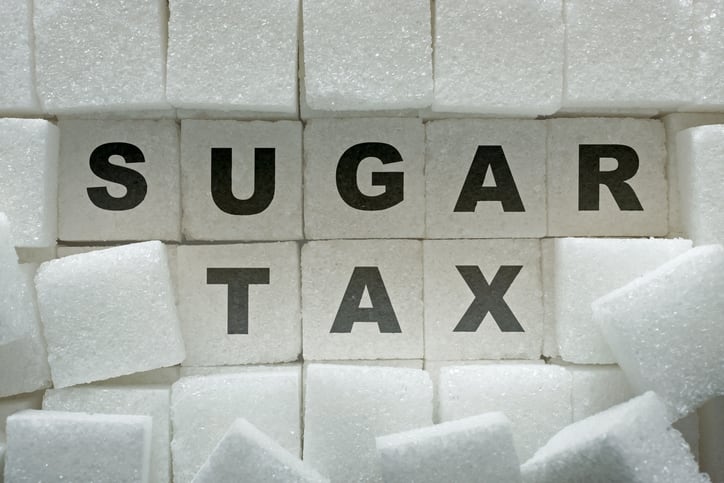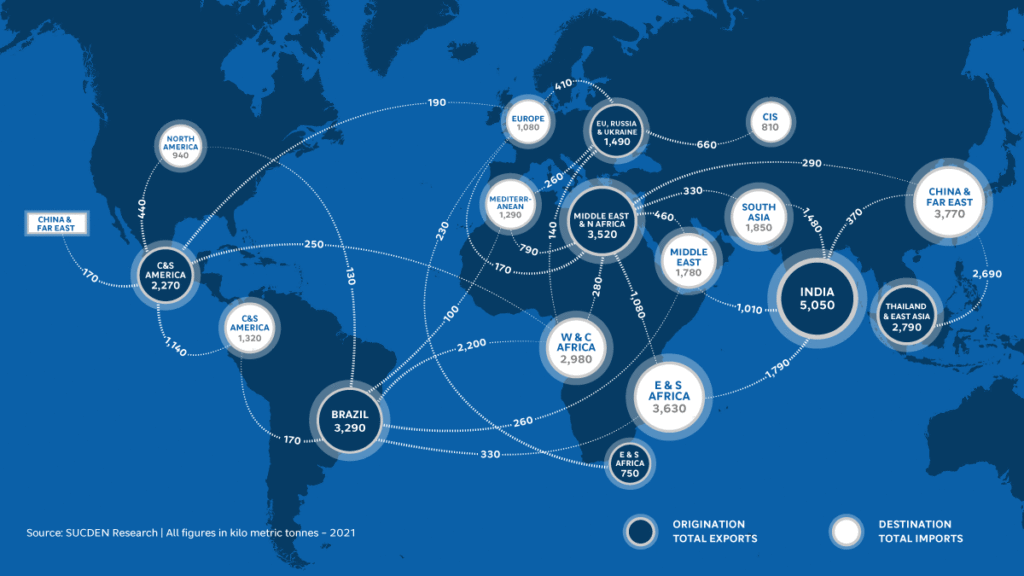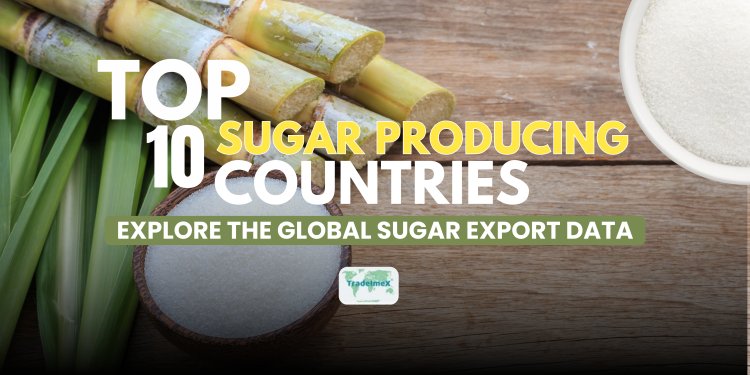Market Intelligence and Price Analytics
Effective sugar trading and procurement strategies depend on access to comprehensive market intelligence that goes beyond basic price quotations. Our platform aggregates data from major commodity exchanges including ICE Futures US (New York No. 11 raw sugar), ICE Futures Europe (London No. 5 white sugar), and regional markets to provide holistic price discovery mechanisms.
Advanced analytics capabilities include historical price trend analysis, volatility modeling, seasonal pattern recognition, and correlation studies with related commodities such as crude oil, ethanol, and other agricultural products. These tools enable market participants to identify arbitrage opportunities, optimize hedging strategies, and make informed decisions about inventory management and forward contracting.
The integration of fundamental analysis covering crop reports, weather data, policy changes, and macroeconomic indicators with technical analysis provides a comprehensive framework for understanding market movements. This multi-dimensional approach helps traders, processors, and end-users develop robust risk management strategies while capitalizing on market opportunities across different time horizons.




